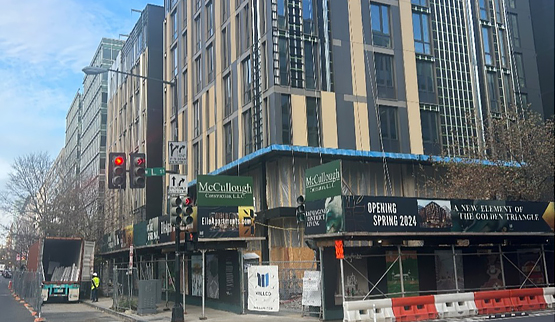 In Depth
In Depth
In Depth
A closer look at interesting and innovative state and local strategies,
activities, and plans that reduce the impact of regulations and
promote affordable housing.
The District of Columbia Promotes Housing in Downtown
In May 2019, District of Columbia Mayor Muriel Bowser announced a goal to create 36,000 new housing units by
2025, of which 12,000 will be affordable. To accomplish this goal, the mayor set out a strategy with focus
issues that include increasing and accelerating housing production, promoting fair housing equitably
distributed across the city, and encouraging homeownership.
READ MORE
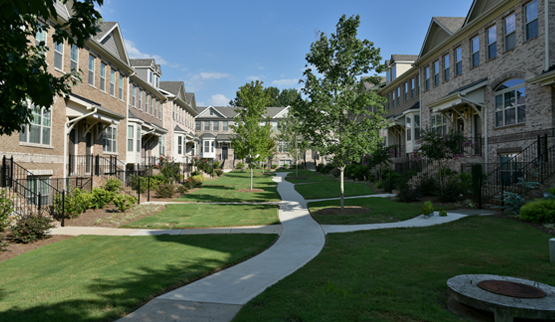
Decatur Enacts High-Priority Recommendations From the Affordable Housing Task Force Report
In 2019, the city commission in Decatur, Georgia, created the Affordable Housing Task Force (AHTF) to recommend measures to address the city's shortage of affordable rental and for-sale housing. MORE>
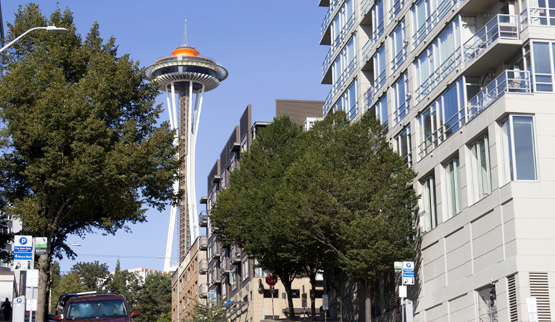
Leveraging New Development for Affordable Housing in Seattle
In response to escalating concerns about housing affordability, homelessness, and equity, the city of Seattle
convened a working group that produced the 2015 Housing Affordability and Livability Agenda (HALA).
MORE>

California's New Housing Accountability Unit Strengthens Housing Laws
Since 2017, California has significantly changed its housing laws to address the state's ongoing
affordability crisis. Many of these changes promote housing production by streamlining approval processes and
encouraging the construction of accessory dwelling units, among other measures.
MORE>
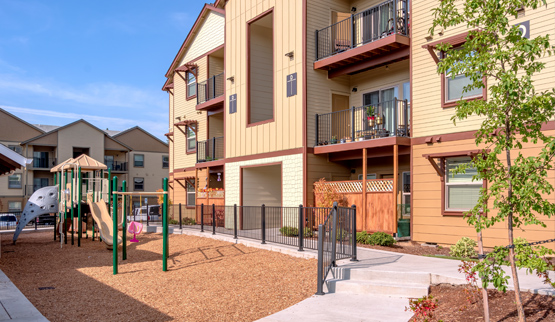
Implementing Oregon's Housing Production Strategy
Goal 10 of Oregon's land use planning program, adopted in 1973, requires cities to develop a housing needs
analysis to determine whether each jurisdiction has an adequate supply of land to accommodate current and
projected housing demand.
MORE>
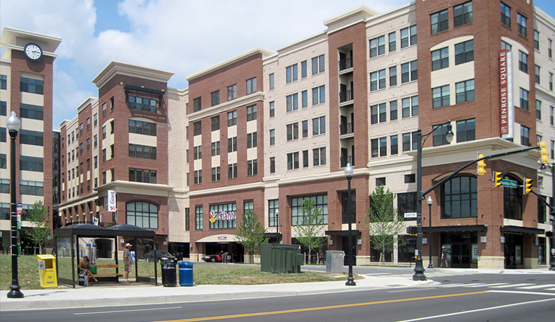
Unpacking a Form-Based Approach to Regulatory Barriers History
Unlike conventional zoning, form-based codes are less concerned with regulating and segregating building uses
and instead seek to create pedestrian-oriented, mixed-use neighborhoods.
MORE>
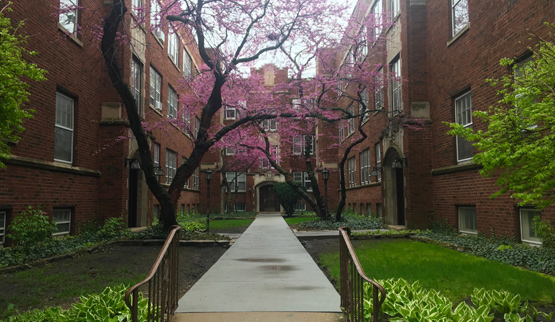
Cook County Prohibits Housing Discrimination Based on Criminal History
In 2019, the Cook County Board of Commissioners adopted the Just Housing Amendment (JHA), an ordinance providing equitable housing opportunities for individuals with criminal records. JHA provides a path to safe, stable, and affordable housing for individuals with a criminal history. MORE>
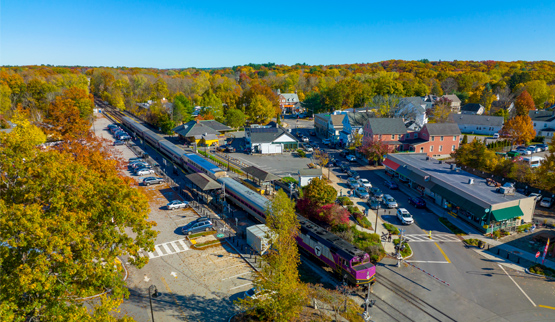
Mandating Multifamily Zoning Near Massachusetts Public Transit
In January 2021, Massachusetts enacted House Bill 5250 (H.5250) to enable partnerships for growth. The bill includes measures to ensure that the state's public transit system is prioritized for higher-density residential construction. MORE>

Planning a More Equitable Charlotte
In 2021, the city of Charlotte, North Carolina, adopted its first comprehensive plan since 1975, after seeing its population increase by 8 percent in 5 years. MORE>

Rhode Island Fine Tunes Its Housing Appeals Process
Rhode Island's housing affordability crisis long predates the onset of the COVID-19 pandemic in 2020 and its associated strains on the housing market, in part because of an issue particular to the state: limited developable land. MORE>

Overcoming Energy Inequities Among Low-Income and Renter Households
Improving the energy efficiency of housing is an important component of reducing carbon emissions in the United States. Lower-income households disproportionately live in units and buildings that lack energy-efficient features and spend more than 6 percent of their income on energy bills, the threshold for having a high energy burden. MORE>

Modeling the Financial Impacts of Rent Stabilization in Minneapolis
A debate over the effectiveness of residential rent stabilization policies has continued for decades, recently becoming more prominent as states and localities consider using this tool to counteract rapidly rising housing costs for renters. MORE>
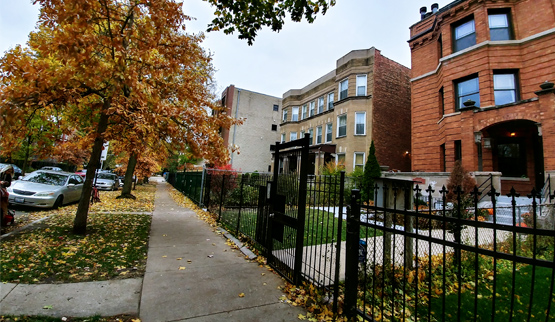
Evanston Addresses Housing With the Nation's First Local Reparations Program
A northern suburb of Chicago, Evanston is a city of approximately 78,000 overlooking Lake Michigan. In June 2019, Evanston's city council adopted Resolution 58-R-19, the Commitment to End Structural Racism and Achieve Racial Equality. MORE>

Expanding Multifamily Affordable Housing Tax Incentives in Washington State
To incentivize the development of affordable and market-rate housing in the state's urban areas, Washington state instituted the Multifamily Housing Tax Exemption (MFTE) program, which has been modified several times since its creation in 1995. MORE>
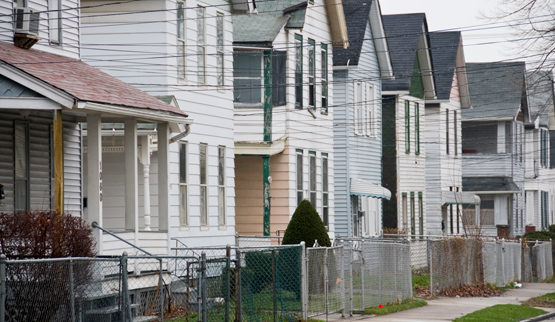
Cleveland Creates a Right to Counsel for Tenants Facing Eviction
Before the COVID-19 pandemic, the city of Cleveland, Ohio, processed approximately 9,000 eviction filings annually, which disproportionately affected African-American and female households. MORE>

A Utah City Combats a Water Shortage and Rising Housing Prices
Oakley, Utah, located in an arid valley roughly 40 miles east of Salt Lake City, was incorporated in 1934 to become eligible for a Works Progress Administration project to develop a municipal water system. MORE>

Encouraging Affordable Housing Construction in Cambridge, Massachusetts
Economic growth in the Boston metropolitan area has not been accompanied by proportionate housing development; between 2010 and 2018, 15 area cities and towns added 110,000 residents and 148,000 jobs but only 32,500 housing units. MORE>

Preserving Affordable Housing in Gentrifying Chicago Neighborhoods
Gentrification and the subsequent displacement of longtime residents are major concerns in the Pilsen neighborhood in Chicago's West Side and in some of the city's North Side neighborhoods along a 2.7-mile section of "the 606," an abandoned rail line that the city converted into a linear park. MORE>

An Initial Analysis of New York State's Housing Stability and Tenant Protection Act
New York's Housing Stability and Tenant Protection Act of 2019 (HSTPA) has two main objectives. MORE>
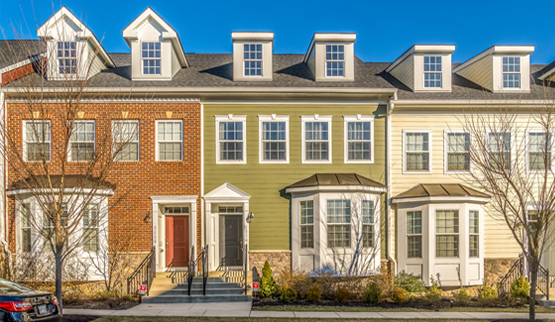
Maryland 10-Year Strategic Plan Offers Regulatory Solutions That Address Housing Needs
Over the next 10 years, Maryland officials expect the composition of the state's population to change as more persons of color and lower-income households enter the state. MORE>
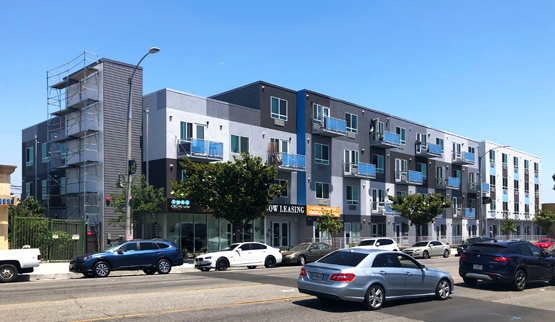
Promoting Transit-Oriented Communities in Los Angeles
Residents of transit-rich areas in the city of Los Angeles are more likely to have low incomes and rely on public transportation. MORE>
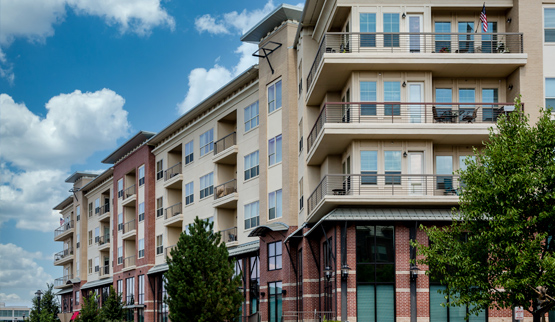
A Census of Inclusionary Housing Programs
In Inclusionary Housing in the United States , Ruoniu Wang and Sowmya Balachandran identify inclusionary housing (IH) as a tool that many cities and counties have adopted to supplement federal and state efforts to increase the supply of affordable housing. MORE>
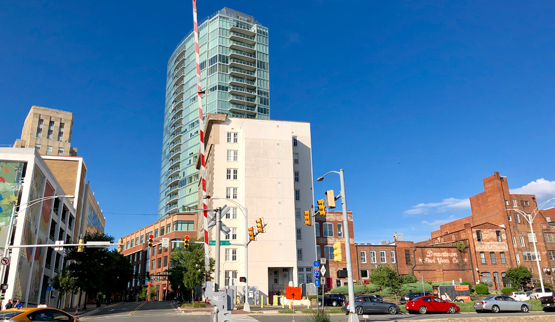
Expanding Housing Choices in Durham, North Carolina
Over the past several decades, the city and county of Durham, North Carolina, have experienced sustained and significant population growth driven by a strong regional economy anchored by medical, biotechnical, and educational institutions. MORE>
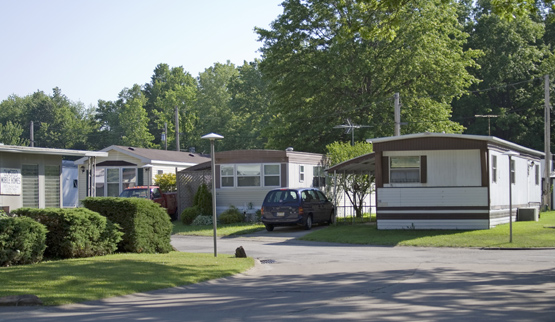
Colorado Legislation Protects Tenants in Mobile Home Parks
Even though they account for fewer than 5 percent of the occupied housing units in Colorado, mobile homes, including manufactured housing complying with HUD standards, are an important component of the state's housing stock. MORE>
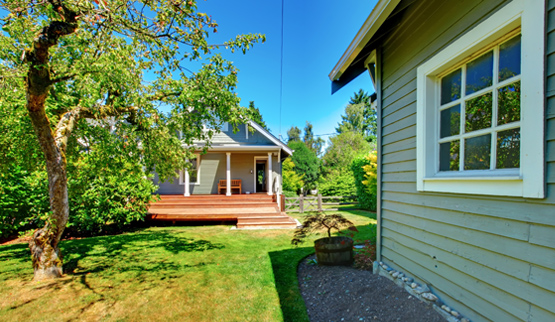
Reducing Regulation Expands ADU Construction in California
Housing supply in California is constrained by several factors, including zoning that allows single-family houses throughout many jurisdictions while restricting densities that make affordable housing feasible. MORE>
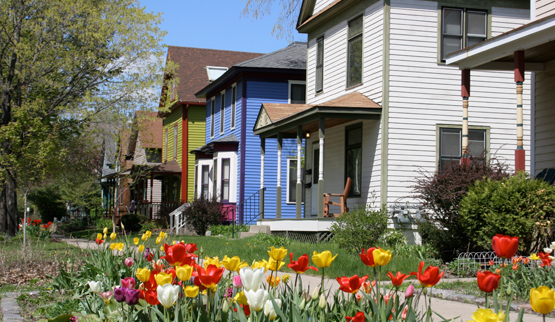
Zoning Reform in Minneapolis, Minnesota
The pace of population growth in Minneapolis from 2010–20 has been unrivaled since 1950. The failure of housing supply to address increasing housing demand due to population growth — between 2010 and 2016 the city added 37,000 residents but only 12,000 housing units — has driven up housing prices. MORE>

Atlanta's Housing Plan Strives to Make Housing Affordable and Equitable
The Atlanta, Georgia metropolitan region was the third fastest growing area in the U.S. in 2017, with the city of Atlanta adding 486,000 people since 2000. MORE>
The contents of this article are the views of the author(s) and do not necessarily reflect the views or policies of the U.S. Department of Housing and Urban Development or the U.S. Government.
Note: Guidance documents, except when based on statutory or regulatory authority or law, do not have the force and effect of law and are not meant to bind the public in any way. Guidance documents are intended only to provide clarity to the public regarding existing requirements under the law or agency policies.

 Home
Home Search
Search Research
Research Contact
Contact 